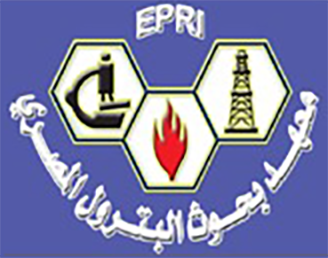Article Type
Research Paper
Abstract
The study used seismic attribute analysis to improve interpretation and incorporate additional features, allowing better identification and characterization of the hydrocarbon potential of the reservoirs, and focused on the Tawilla West oilfield in the Gulf of Suez, Egypt. The aim of the study is to use integrated data sets to assess the distribution as well as the quality of the complicated Kareem reservoir, thereby reducing uncertainty in the oilfield development process. Seismic attribute analysis is used to refine interpretation and incorporate subtle features into the analysis. These attributes significantly contribute to improving the understanding of identified deposits and geological features. The process helps accurately identify hydrocarbon potential and improve reservoir characterization. The Kareem Formation is characterized by prominent low-amplitude seismic reflectors and represents the youngest identified reflector (middle Miocene) in the study area. A structural model for the Tawilla West oilfield in Egypt was developed using seismic and well logging data, which revealed the structural features of the active rift in the fluid. The petrophysical assessment was carried out using wireline logs to infer reservoir properties. The interpretation data have shown that the porosity of the rock is high, with differences in this parameter within the different sandstone units. The petrophysical model shows that both the upper and lower zones of the Kareem Formation have good reservoir characteristics. In addition, the study found that horizontal and vertical variations in petrophysical properties correlate with variations in lithology throughout the complex Kareem reservoir. K-Unit-1 has the highest porosity with an average of 17%, wells TW-1 and TW-5st2 have the highest porosity values. The data shows that the Tawilla West oilfield exhibits critical characteristics of hydrocarbon systems. Including shale, sandstone reservoir formations and sealed evaporite salt beds. The absence of productive sands in one of the studied TW-3 wells drilled in the hanging wall suggested structural control of hydrocarbon accumulation in the study area. This study provides important insights into the quantitative petrophysical properties, reservoir quality distribution and hydrocarbon potential of the middle Miocene Kareem-Shagar reservoir. The reassessment of the structural distribution promises to increase production in this area. Overall, this study provides valuable insights into reservoir characterization methods to optimize hydrocarbon exploration and recovery.
Keywords
Seismic Attributes, Seismic Interpretation, Kareem formation, Reservoir Characterization, Geisum and Tawilla area, Egypt's Gulf of Suez.
Recommended Citation
Hashem, Mohamed Ewais.; Othman, Adel A.A.; and Fathy, Mohamed
(2024)
"Integration of Seismic Attributes and Petrophysical Analysis for Enhancing Reservoir Characterization: An example from Kareem Shagar Member in Tawilla West Oilfield, Gulf of Suez, Egypt,"
Egyptian Journal of Petroleum: Vol. 33
:
Iss.
3
, Article 15.
Available at: https://doi.org/10.62593/2090-2468.1049
Creative Commons License

This work is licensed under a Creative Commons Attribution-NonCommercial-No Derivative Works 4.0 International License.







